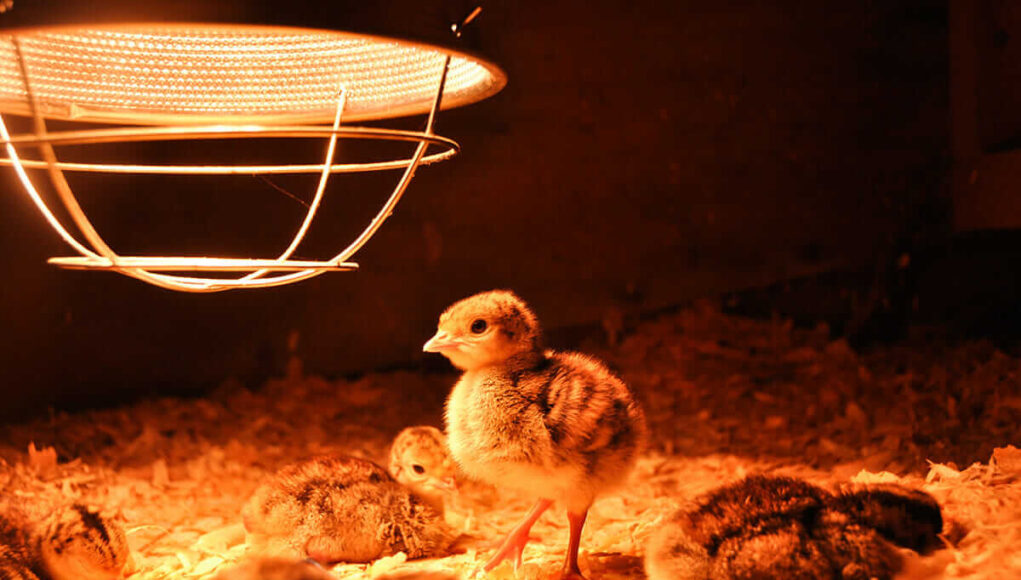Creating a safe space for your baby chicks is crucial for their development and well-being. One of the most important aspects of chick care is providing safe flooring for the chick brooder. In this article, we will explore various options and considerations to ensure your chicks have a comfortable and secure environment.

Why Flooring Matters in a Chick Brooder
The type of flooring you choose for your chick brooder can significantly impact the health and safety of your chicks. Proper flooring helps prevent injuries, supports healthy development, and ensures easy cleaning. The key is finding a balance between comfort, hygiene, and safety.
Preventing Injuries with the Right Flooring
Chicks are delicate creatures, and their legs can easily become injured if the flooring is too slippery or uneven. Using safe flooring can prevent splayed legs and other injuries. Materials like rubber mats or textured paper can offer a stable surface.
Ensuring Hygiene in the Brooder
Cleanliness is vital in a chick brooder to prevent diseases. Flooring that is easy to clean or replace helps maintain a hygienic environment. Options like paper towels or specialized brooder pads allow for quick cleanup and reduce the risk of bacterial buildup. For more tips, you can check how often to change brooder bedding.
Types of Safe Flooring for Chick Brooders
There are several options for safe flooring in chick brooders. Each has its benefits and drawbacks, so it’s important to choose the one that best fits your needs.
Rubber Mats
Rubber mats provide a non-slip surface that helps prevent leg injuries. They are durable and easy to clean, making them a popular choice among chicken owners. However, they can be more expensive than other options.
Paper Towels
Paper towels are an inexpensive and hygienic option for brooder flooring. They allow for easy cleanup and can be replaced frequently. This method is especially useful in the first few days of a chick’s life. Learn more about the benefits of using paper towels for chick brooder.
Wood Shavings
Wood shavings are another common choice. They provide a soft bedding for chicks to walk on and are relatively absorbent. However, they can be messy and require regular changing to maintain hygiene.
Considerations When Choosing Brooder Flooring
When selecting safe flooring for your chick brooder, consider the following factors:
Age of the Chicks
The age of the chicks can influence the type of flooring you should use. Younger chicks may need softer and more supportive surfaces, while older chicks can handle firmer materials.
Size of the Brooder
The size of your brooder may also determine the best flooring option. Larger brooders may benefit from more durable materials that can withstand higher traffic.
Cost and Budget
Consider your budget when choosing flooring. While some options like rubber mats are costlier, they may offer better long-term value due to their durability.
Environmental Impact
Eco-friendly options are also available for those concerned about environmental impact. Recycled rubber or biodegradable paper products can be good choices. For more eco-friendly options, visit eco-friendly chick brooder.
DIY Flooring Solutions
If you’re on a budget or enjoy DIY projects, there are several homemade solutions you can try for brooder flooring.
Old Towels
Repurposing old towels can provide a soft and absorbent surface for chicks. Ensure they are securely fastened to prevent slipping.
Cardboard Sheets
Cardboard is inexpensive and can be replaced easily. It provides a sturdy surface but needs frequent changing to maintain cleanliness.
Conclusion: Choose the Best Flooring for Your Chicks
Choosing the right safe flooring for your chick brooder is essential for the health and happiness of your chicks. Consider the needs of your chicks, your budget, and the ease of maintenance when making your decision. A well-chosen floor will help your chicks grow strong and healthy.

Frequently Asked Questions
What is the best brooder flooring for baby chicks?
Rubber mats and paper towels are often recommended for their safety and ease of cleaning. It depends on your specific needs and budget.
How often should I change the brooder flooring?
Flooring should be checked daily and changed at least once a week or more often if it becomes soiled, to maintain hygiene. For more details, visit how often to change brooder bedding.
Can I use sand as brooder flooring?
While not common, sand can be used, but it requires frequent cleaning and monitoring to ensure it remains dry and free of harmful bacteria.
For additional tips on bringing baby chicks home, visit MSU Extension.
This article contains affiliate links. We may earn a commission at no extra cost to you.











